New Narratives: ‘It’s the loneliness that will kill me’
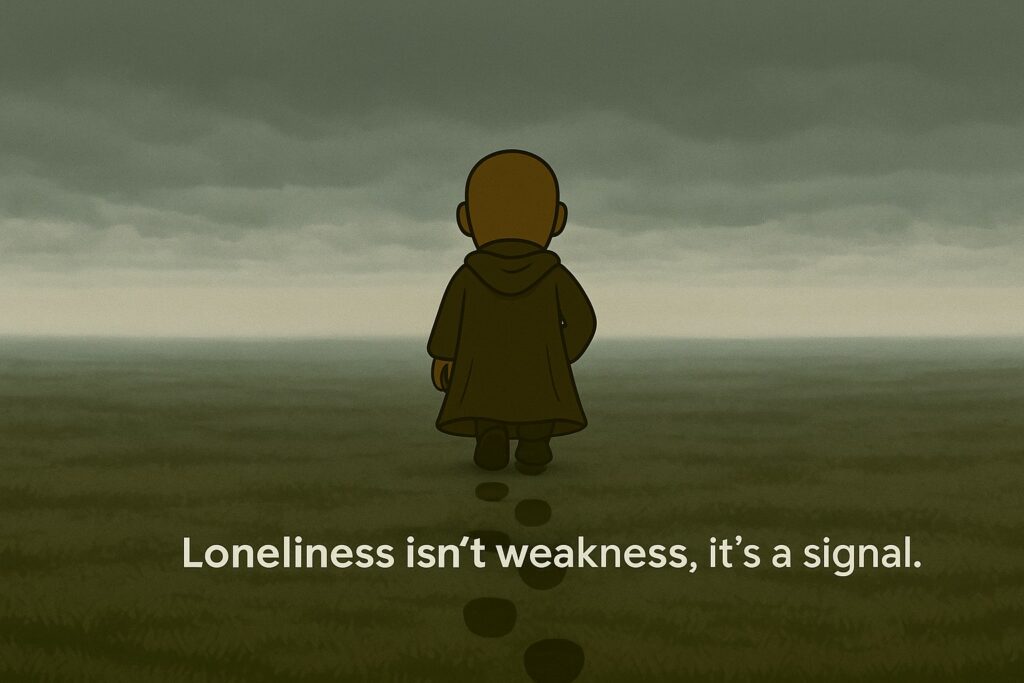
It’s the loneliness that will kill me
I said these words aloud for the first time at the CNWL World Suicide Prevention Day event: “It’s the loneliness that will kill me.”
It was terrifying to admit. Yet it’s the truth I live with. As someone with mental ill health and suicidal thoughts, my greatest fear isn’t death itself—it’s dying alone, unnoticed, in a room where no one knows I’ve gone.
The silence of my hiatus
From July to September this year, I stepped away from social media for two months. No notifications. No messages. No “likes” reminding me I still existed to someone, somewhere.
At first, the silence felt like rest. I had told myself this was healthy, even an overdue detox from endless scrolling. But very quickly the silence turned heavy. The longer it went on, the more it felt like erasure. Out of sight, out of mind.
It’s remarkable how fast absence becomes isolation, and how isolation can turn into the kind of loneliness that eats away at your sense of worth. By week four, I wasn’t just offline. I was convinced I’d slipped from the memory of others entirely.
When loneliness takes hold
Loneliness isn’t simply being alone. It’s a psychosis of disconnection. It rewires your thinking until you believe you are invisible, unwanted, beyond reach. It tells you no one would notice if you disappeared.
For me, that belief doesn’t just whisper—it shouts. It paints pictures in my mind of dying alone and staying undiscovered for days. These are not melodramatic thoughts; they are brutal realities of what profound loneliness does when it takes hold.
And I know I’m not alone in this.
The wider truth
The numbers tell their own story. Prolonged loneliness increases the risk of early death by about 26%, putting it on par with smoking or obesity. Worth noting is that I also smoke and I’m overweight, so my risk increases. A UK Biobank study found that people experiencing social isolation had a 73% higher risk of dying compared to those not isolated—even after adjusting for income, health, and lifestyle, the risk stayed elevated.
Loneliness also drives suicide risk. A recent UK study showed that people who are lonely or living alone face an almost five-fold increase in suicide mortality. For younger adults, the risk is even higher—up to sixteen times.
This is not a side issue. It is a public health crisis. Loneliness is as lethal as many of the risk factors we talk about every day. Yet it rarely makes headlines. It kills quietly, in the margins, in the shadows.
What helps (and what doesn’t)
During my hiatus, I found relief not in grand gestures, but in the smallest human moments. A chat with the cashier at my local co-op. A neighbor pausing to say hello. Seeing the same familiar faces on my street.
Tiny acknowledgements, yes. But they carried huge weight. They reminded me: I exist. I matter. Someone noticed.
What doesn’t help is when systems don’t notice. When absence isn’t questioned. When silence is assumed to mean “fine.” Loneliness thrives in those blind spots, when people fall between the cracks of community, service, or connection.
Why I fear it most
For me, suicidal thoughts are familiar running mates. Sometimes I’m ahead of them. Other times, I’m falling behind. They come and go. But loneliness—that’s the one I fear will outrun them all. Because loneliness corrodes slowly. It convinces you that no one is coming. It makes even reaching out feel pointless.
That’s why I said it out loud: “It’s the loneliness that will kill me.”
Not for drama. Not for sympathy. But because it’s true.
A call to action
Let’s be clear: loneliness kills. Not metaphorically. Literally.
And it doesn’t only affect people like me, already struggling with mental health. Almost half of UK adults (47%) report experiencing loneliness to some degree. Among young people aged 16–24, 1 in 10 say they feel lonely often or always, more than any other age group.
That means loneliness is touching every corner of our society—from students to pensioners, from workers to carers. And unless we treat it with the same seriousness as we do physical health risks, more people will continue to slip into the shadows.
The antidote isn’t complicated. It’s connection. Small, everyday acts of noticing. Creating workplaces where absence is followed up. Designing services that don’t let people vanish between appointments. Building communities where a neighbour checking in isn’t unusual but expected.
We don’t always need more complexity. Sometimes, it’s as simple as remembering that every person we pass wants to feel seen.
Closing
I still fear that it’s the loneliness that will kill me.
But it doesn’t have to. Not if we keep showing up—for each other, in small and human ways, every single day.
With Christmas advent calendars already in stores, I dread the season ahead and what it means for those of us facing loneliness. The holidays are sold as a time of joy, yet for many it only magnifies the silence.
Because here’s the truth: showing up is the most Jedi thing of all.
That’s how we fight loneliness. Not with one grand campaign, but with a million small moments of connection. Enough to remind someone, in their darkest hour: You exist. You matter. You are not alone.
Helpful Links
- Facts and statistics about loneliness
- Biobank cohort study.
- Loneliness affects mental health
- Loneliness, suicide and young people
- Loneliness and isolation in elderly
Author’s Biography
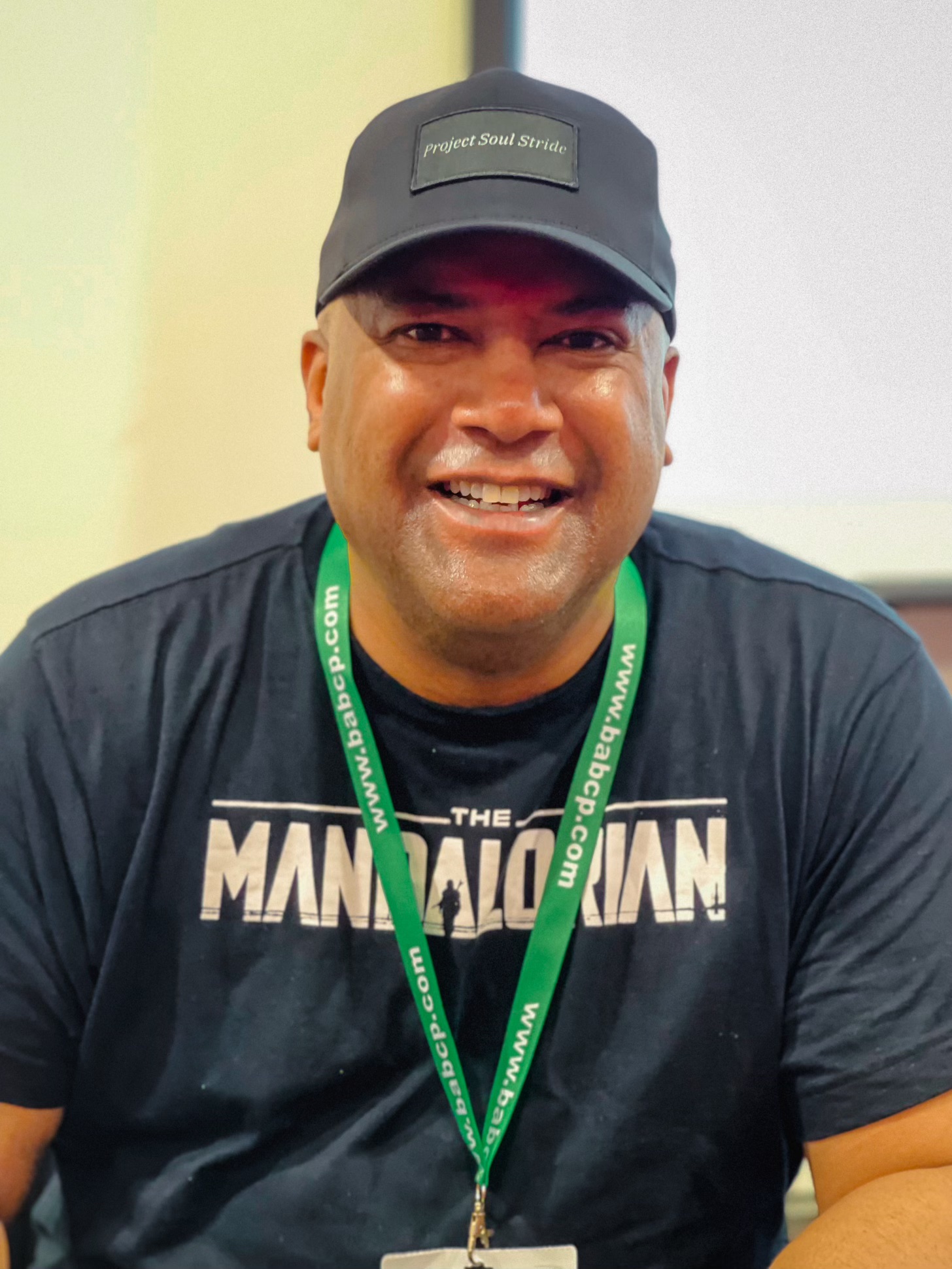
Chris Frederick
Chris Frederick, known as the Mental Health Jedi, sits on the Advisory Group for the Campaign to End Loneliness. As a Black mental health advocate and lived experience advisor, through Project Soul Stride, he supports citizen-led research and campaigns to address suicide prevention and health inequalities. Chris speaks openly about loneliness, suicidality, and recovery, using his voice to push for systemic change and everyday compassion.
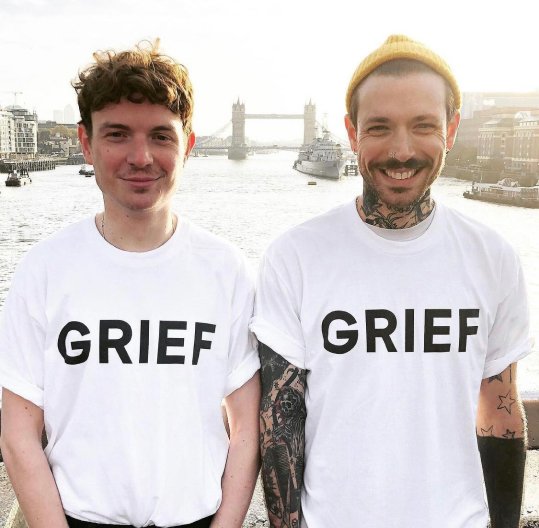
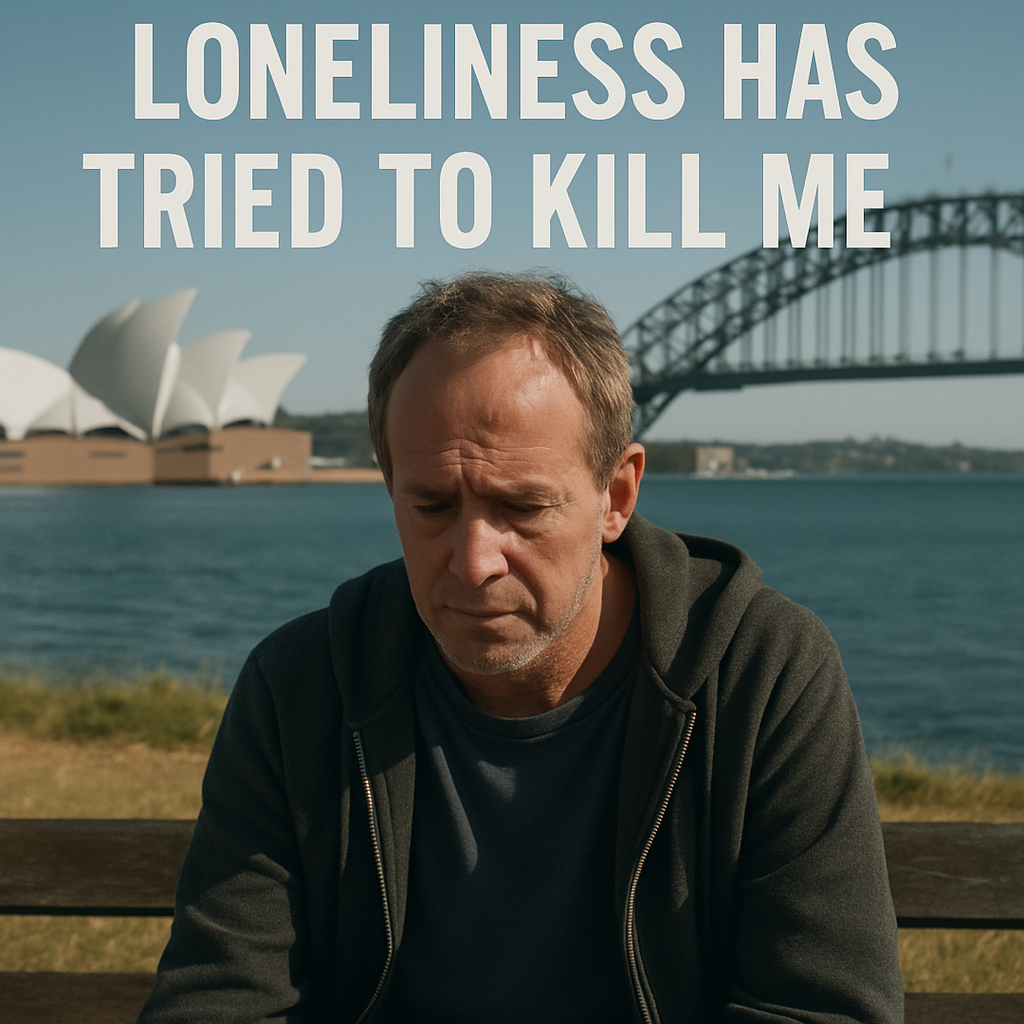
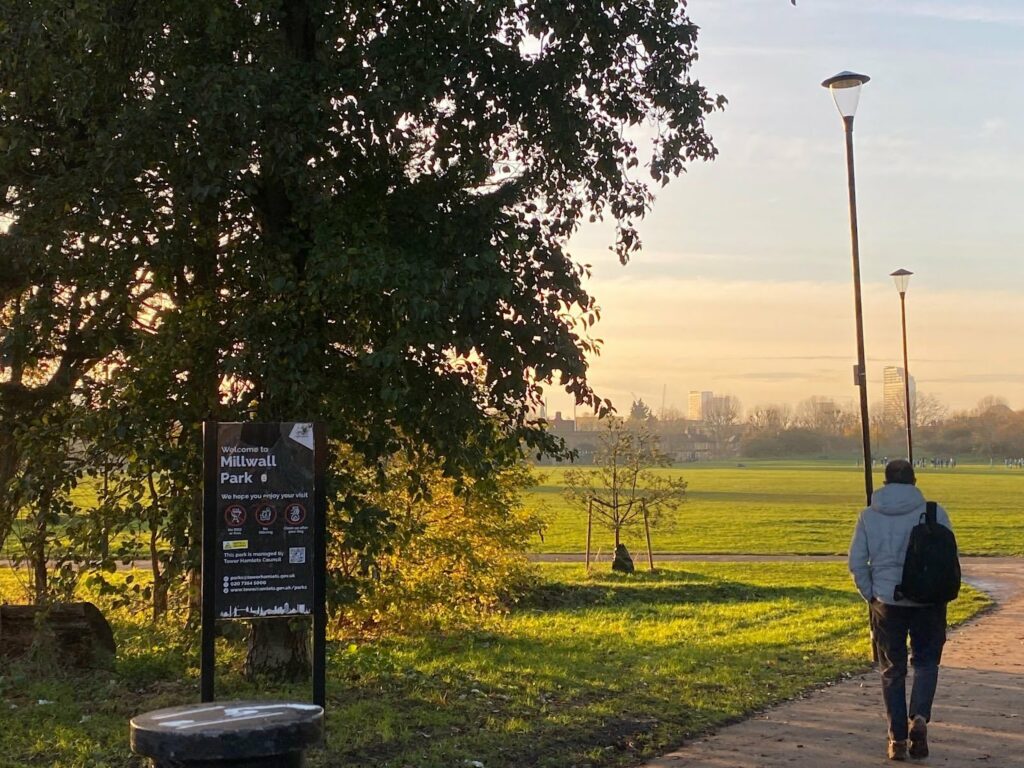
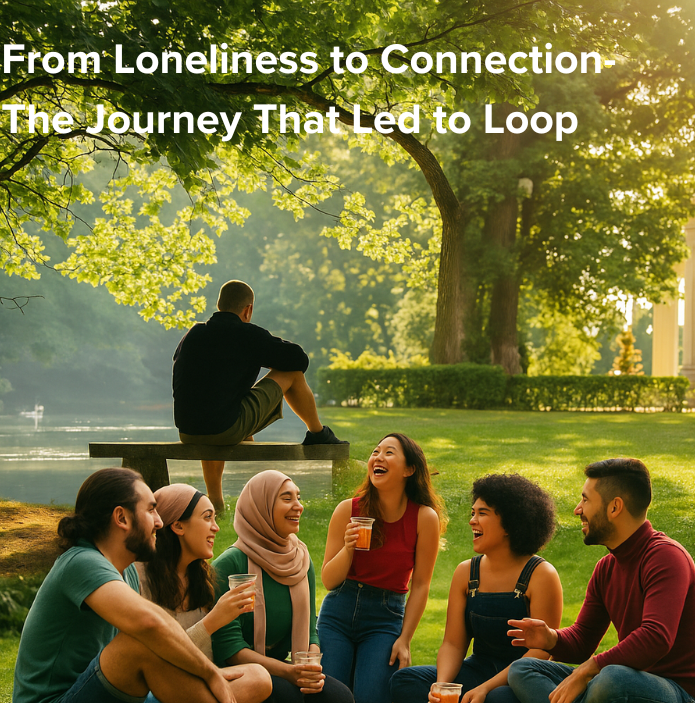
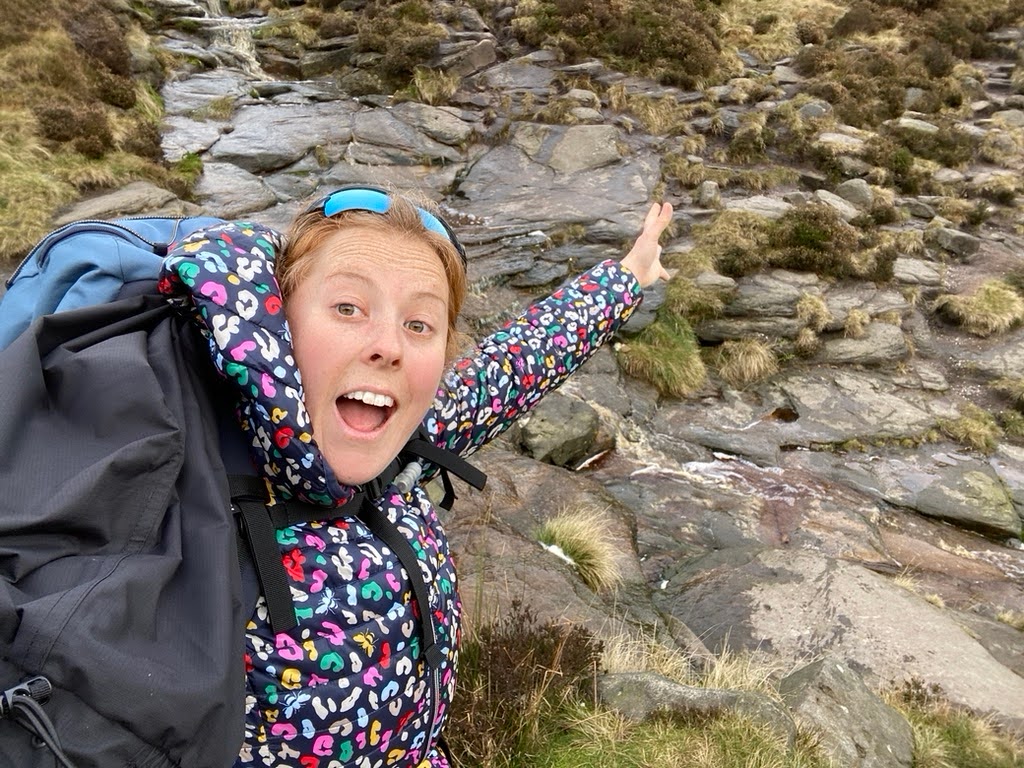
Responses